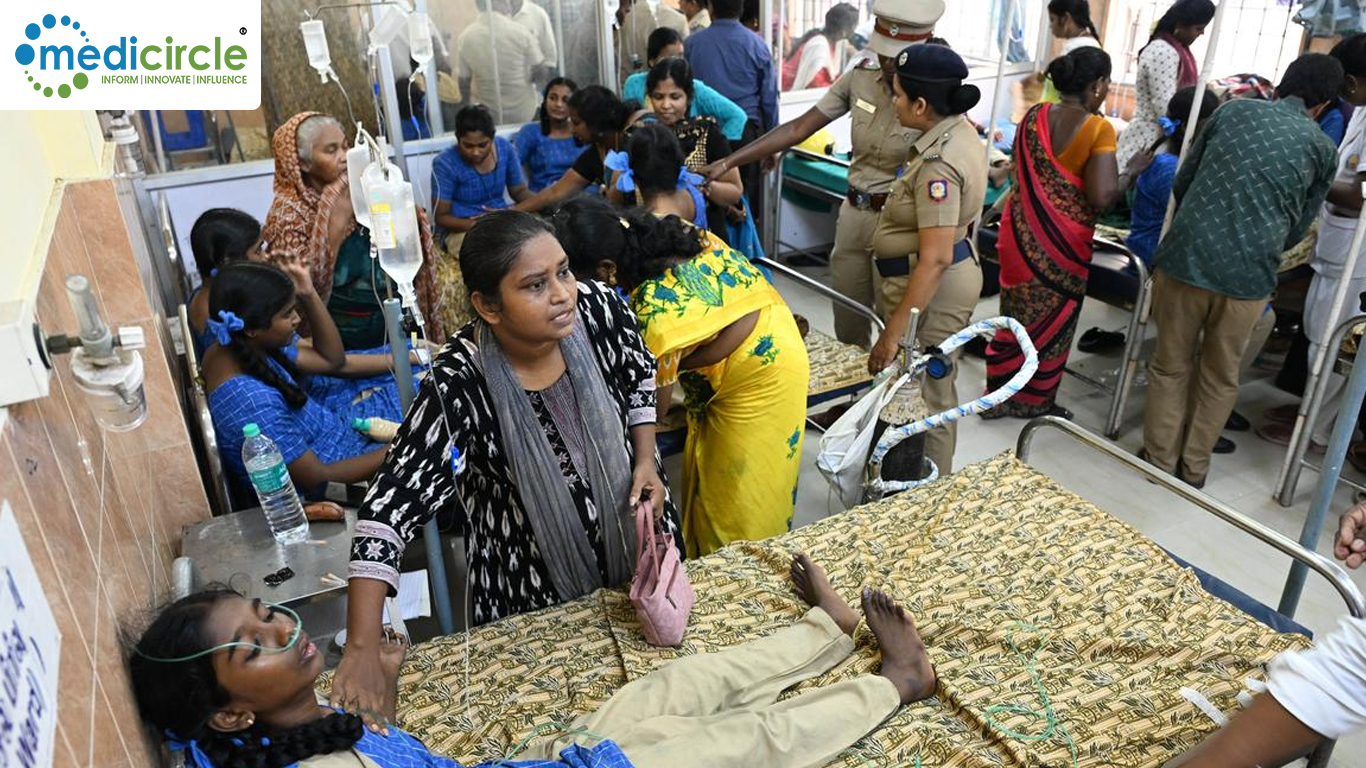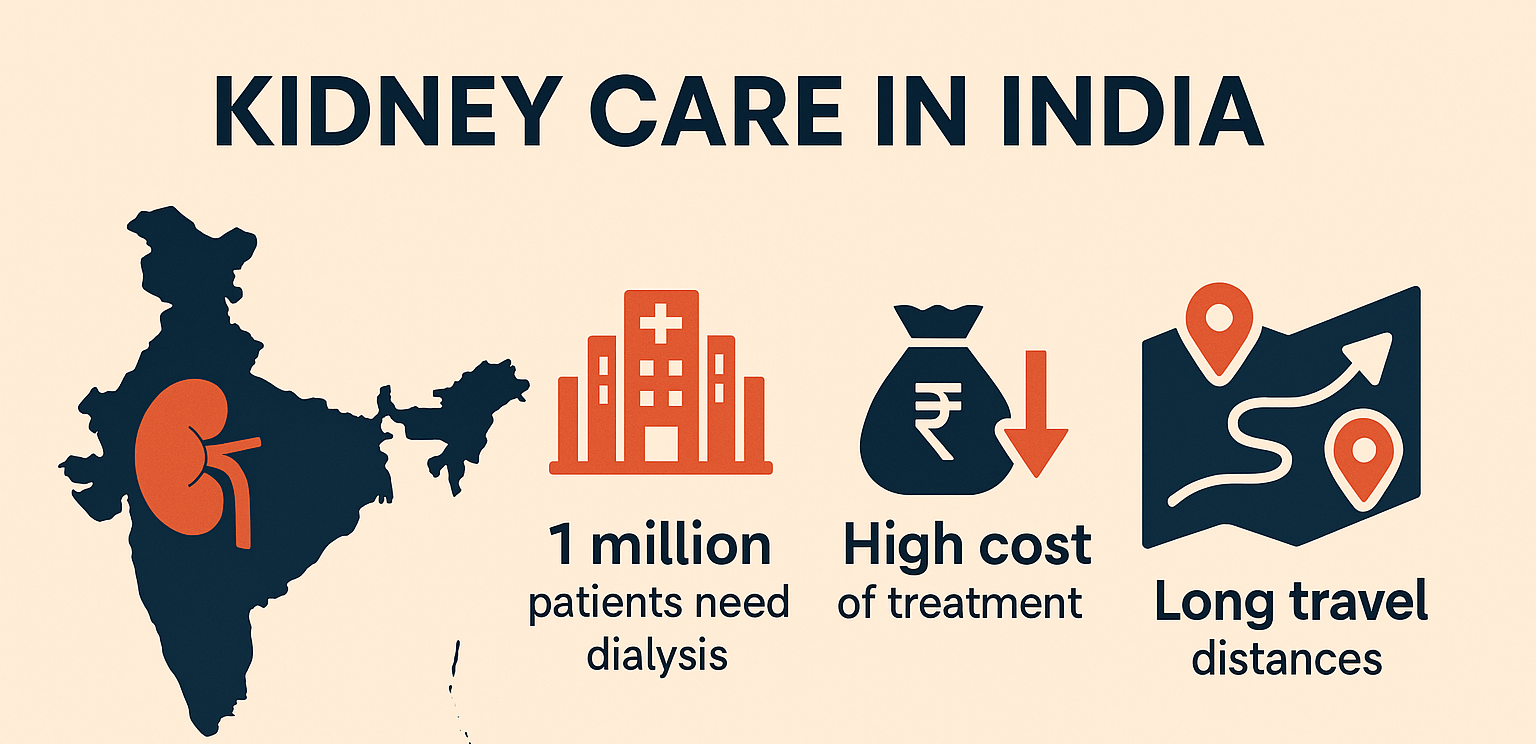In an unsettling incident that has gripped the city of Chennai, around 30 students from a school in Tiruvottiyur experienced sudden throat irritation and uneasiness, prompting an emergency rush to the hospital on a seemingly ordinary Friday. The source of this discomfort? A suspected gas leak. This alarming event has sparked widespread concern among parents, students, and officials, raising questions about school safety, environmental health, and accountability.
What began as a normal day for these students soon resulted into distress as children in various classrooms reported symptoms of uneasiness and throat irritation. Teachers quickly noticed the signs and alerted school authorities, who called in local medical assistance and took swift action to send affected students to a nearby hospital. Fortunately, all students are reported to be safe and are receiving medical care.
The response from the National Disaster Response Force (NDRF) was swift, with teams arriving on the scene shortly after reports surfaced. However, as NDRF Commander AK Chauhan noted, the exact cause of the incident remains unknown. Despite thorough checks, officials could not detect any gas odour or leakage from the school’s air conditioning system, further deepening the mystery surrounding this incident.
While school authorities acted quickly to address the children’s symptoms, their communication with the affected families has left many parents feeling unsettled. Some parents claim they were left in the dark regarding their children’s condition, heightening their anxiety and leading to frustration and confusion about the school’s safety protocols.
One mother shared her apprehension, stating, “The school administration is not providing clear information. My child is still under hospital observation. She had throat irritation for the past three days, which we thought was minor, but today they admitted her.” Her sentiments echo the concerns of numerous parents, who fear that an unidentified health threat could persist.
These parents, already anxious about their children’s well-being, now face the additional stress of uncertainty about the incident’s origin. Their concerns are compounded by questions about whether this issue could recur if the source remains unidentified.
The National Disaster Response Force (NDRF) is responsible for managing and investigating disasters, from natural calamities to hazardous material spills. The team is trained in chemical, biological, and radiological threats, making them the go-to experts in situations like these. Commander Chauhan acknowledged the complexities of the current situation, explaining that the team is committed to a thorough analysis, even though they couldn’t immediately identify the source.
The team’s role goes beyond identifying immediate threats; they are responsible for advising school management on necessary safety measures and providing reassurance to worried parents and local authorities. The thorough, science-based analysis they are conducting will ensure a transparent resolution, making schools a safer environment.
With NDRF, forensic experts and officials from the Tamil Nadu Pollution Control Board (TNPCB) arrived at the scene to begin a detailed investigation. The TNPCB, a key environmental regulator, specializes in examining air quality, pollution levels, and potential chemical hazards. Their presence on-site highlights the seriousness of the situation and the thoroughness required to determine if an environmental factor played a role in the incident.
Forensic experts are crucial in situations involving unknown or suspicious substances, as they have the technical skill to analyse even trace amounts of hazardous materials. Their involvement suggests a multi-layered investigation, where no stone is left unturned to ensure the safety of the school environment. The TNPCB’s role will be pivotal in examining whether the gas leak originated from a local pollution source, such as nearby factories or industrial activity, which could have unintended impacts on the surrounding community, including the school.
This incident also raises broader concerns about environmental safety and the health impacts of pollution on schools situated near industrial areas. Chennai, like many other cities, has neighbourhoods where schools, homes, and industries exist side by side, often without adequate zoning restrictions. This close proximity can increase the risk of exposure to industrial emissions, especially when there are no clear regulations to control and monitor local air quality around residential and educational zones.
If the investigation concludes that a local industry or environmental factor caused the suspected gas leak, it could have implications for policy and regulatory changes in school zoning and pollution control measures. These changes could help prevent similar occurrences in the future, ensuring that schools remain safe havens for students’ health and well-being.
Exposure to toxic gases or pollutants, even temporarily, can have a range of effects on young children, from mild symptoms like throat irritation and nausea to more severe respiratory or neurological impacts. Children are especially vulnerable due to their developing respiratory systems and faster breathing rates, which increase their susceptibility to airborne toxins.
Medical professionals stress the importance of observing children’s symptoms, even if they initially seem minor. Prolonged or repeated exposure to harmful substances, even in small amounts, could lead to chronic health issues such as asthma, allergies, or other respiratory conditions. This incident serves as a stark reminder of the need to monitor environmental factors in school settings closely.
As parents seek assurances about their children’s safety, schools may need to revisit their health and safety protocols. This includes regular checks of air conditioning and ventilation systems, emergency evacuation drills, and the installation of air quality monitoring devices. Schools must prioritize open communication with parents, providing them with timely updates and detailed information on any incidents affecting their children’s health.
Moreover, proactive measures such as equipping schools with first-aid facilities, educating staff on emergency responses, and collaborating with local authorities for immediate medical assistance are essential for handling unexpected health emergencies effectively.
One of the most significant issues in this incident has been the gap in communication between the school authorities and parents. Transparency during a crisis builds trust, especially when it involves children’s health and safety. Parents expect prompt information and reassurances when it comes to incidents affecting their children, and clear communication from the school can ease concerns during emergency situations.
For schools, this incident highlights the importance of maintaining a robust crisis management plan that not only addresses immediate safety concerns but also includes a communication strategy for parents and guardians. School authorities need to understand that open communication helps reduce panic and builds a stronger relationship between the school and families, ensuring that everyone works together to prioritize students safety.
This incident offers valuable lessons for schools, communities, and policymakers. It highlights the urgent need for regular safety audits and checks in schools to identify and mitigate potential risks. Furthermore, it emphasizes the role of environmental agencies in monitoring air quality and pollution sources, especially in areas where educational institutions are situated close to industrial zones.
Additionally, collaboration among educational institutions, local authorities, and health experts is critical to creating a safer environment for children. Schools should consider conducting regular health and safety workshops to educate students and staff on how to recognize and respond to potential health hazards. Such proactive steps will go a long way in ensuring that incidents like these are managed effectively, with minimal impact on student well-being.
As the investigation continues, parents and community members remain anxious for answers. The incident serves as a reminder of the importance of prioritizing environmental safety in schools and fostering transparent communication channels with parents. The collective efforts of the NDRF, forensic experts, TNPCB, and school authorities will hopefully bring clarity to the incident, ensuring that students can return to a safe and secure learning environment.
Ultimately, the well-being of children is a shared responsibility that involves vigilance from parents, accountability from school management, and proactive measures from regulatory bodies. While the cause of the gas leak remains unknown, the lessons learned from this experience can guide schools and communities towards greater safety awareness, reducing risks and building trust among all stakeholders.

 Well-being of children is a shared responsibility that involves vigilance from parents, accountability from school management, and proactive measures from regulatory bodies.
Well-being of children is a shared responsibility that involves vigilance from parents, accountability from school management, and proactive measures from regulatory bodies.




















.jpeg)

.jpeg)










.jpg)




.jpg)

